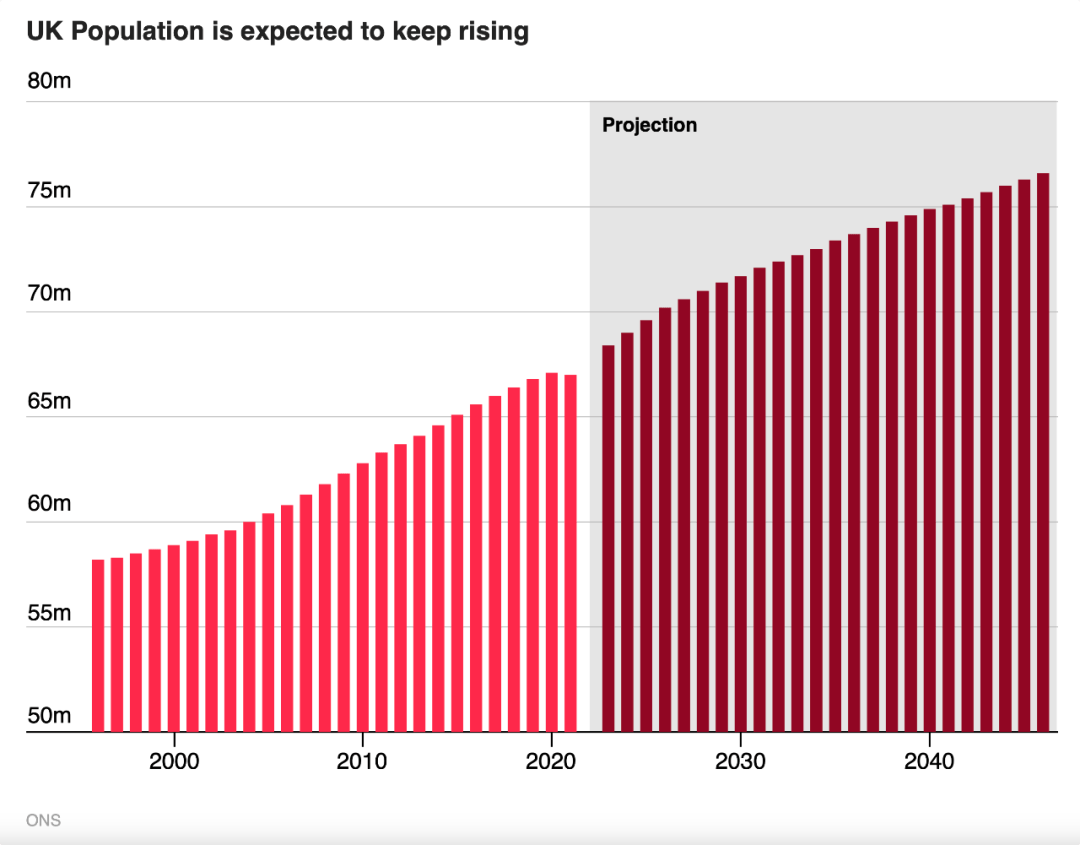 “The reduction of children will put huge pressure on national finances,” the Financial Times reported yesterday, citing recent data from Eurostat, the European Union’s Statistical Office, the 2023 of 3.665 m children born in the 27-member European Union has fallen to its lowest level since comparable data were first collected in 1961. The intensification of the population crisis to the European Union labor market, financial and other aspects of great pressure.
“The reduction of children will put huge pressure on national finances,” the Financial Times reported yesterday, citing recent data from Eurostat, the European Union’s Statistical Office, the 2023 of 3.665 m children born in the 27-member European Union has fallen to its lowest level since comparable data were first collected in 1961. The intensification of the population crisis to the European Union labor market, financial and other aspects of great pressure.
The birth rate in the 27-nation European Union fell 5.5 percent from 2022, the largest annual decline on record, the report said, citing data. The birth rate fell 13.9% in Romania, 10.7% in Poland and 10% in the Czech Republic. Birth rates in these countries are at historic lows. Big Rich European countries, such as France and Germany, also saw sharp falls in birth rates, falling 6.6 per cent and 6.2 per cent respectively.
Remarkably, European birth rates peaked in the 1960s and have been falling for decades. The trend is particularly marked in the Italian, Spanish, Greek, Polish, Finnish and Baltic States countries. The number of babies born in these countries has fallen by at least 25% in the past decade. Eurostat data also show that EU women are having children at an increasing age.
Employers’ inflexibility, economic uncertainty and the difficulty of buying a home are all factors contributing to the decline in the fertility rate, the The Daily Telegraph reported experts as saying Monday. The Financial Times also quoted experts as saying climate change, geopolitical tensions, epidemics and high inflation were important reasons.
The fall in the birth rate has also triggered a series of“Sequelae”. Prague radio reported last week that the Czech birthrate is falling and a shortage of staff will lead to the closure of about a third of obstetrics and gynaecology departments in the next few years. About 89,000 babies were born in the Czech Republic last year, about 10,000 fewer than the previous year.
As the workforce shrinks and spending on health care and pensions rises, the Financial Times said, demographic issues will weigh heavily on local finances.
Among them, Germany’s problem is very representative. Some 693,000 children were born in 2023 Statistisches Bundesamt, down 6 per cent from the previous year, according to the government. Germany’s federal population research institute said that the continued low birth rate leads to an aging society. This, combined with many other factors, will lead to a reduction in the number of potential skilled workers in the labour market and social system. Currently, the total shortage of skilled workers in Germany is about 532,000.
The Deutschlandradio warned that the low birth rate was also making the German pension system crumble. As a result of Germany’s demographic development, fewer and fewer workers have to support more and more pensioners. Taxes must subsidise pension insurance, covering about 30 per cent of spending and more than a quarter of Germany’s federal budget. As the baby boomers reach retirement age, statutory pensions face“Alarming financing problems”. Therefore, it is necessary to increase the rate of old-age insurance, raise the retirement age, or lower the level of old-age pension.
At the moment, European Union countries are trying to raise birth rates. Germany is opening more nurseries; Italy plans to raise the birth rate through“Shock therapy”; and in France, pensions will be increased by 10 per cent after the birth of a third child and an additional 5 per cent from the fourth.